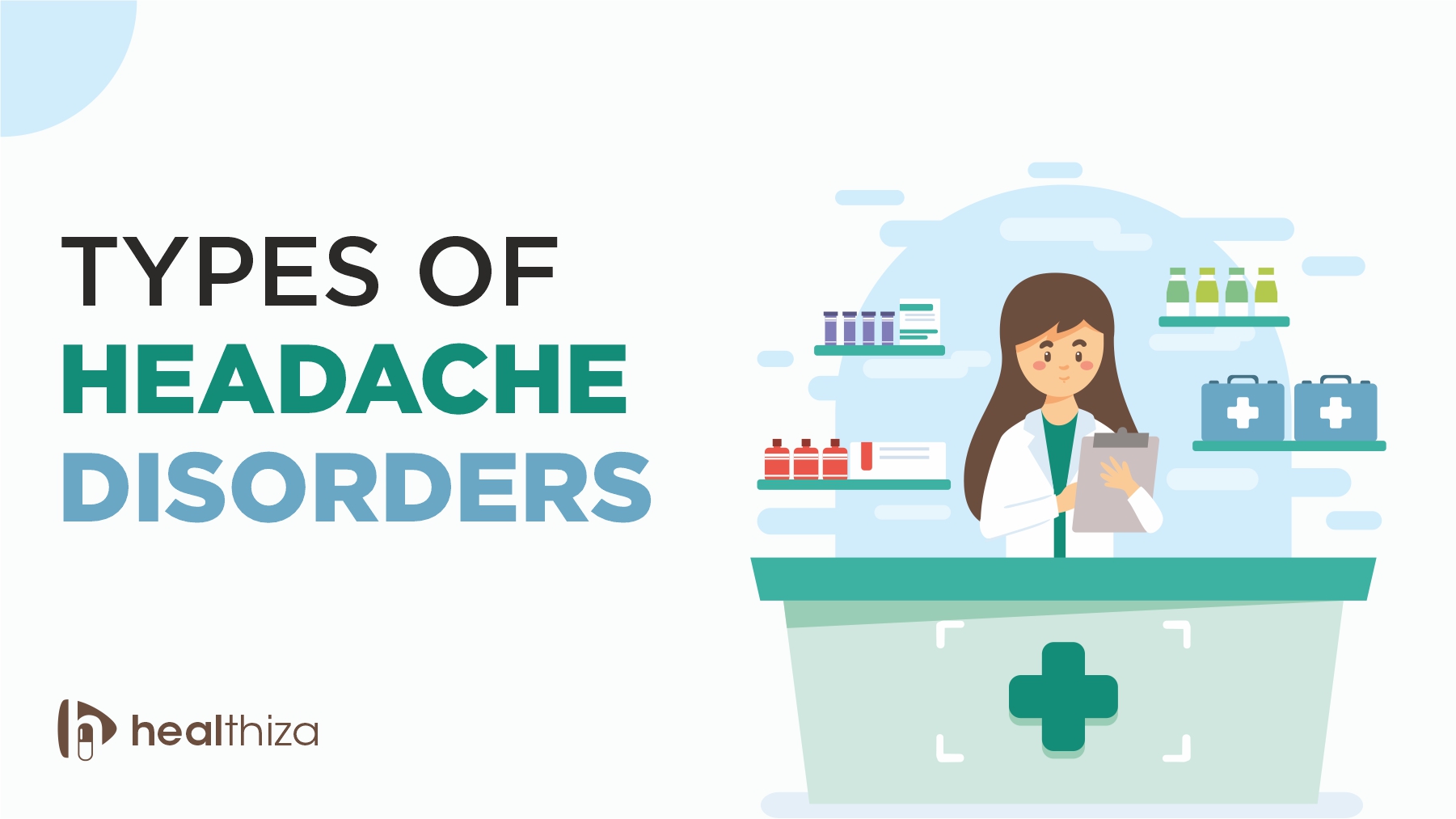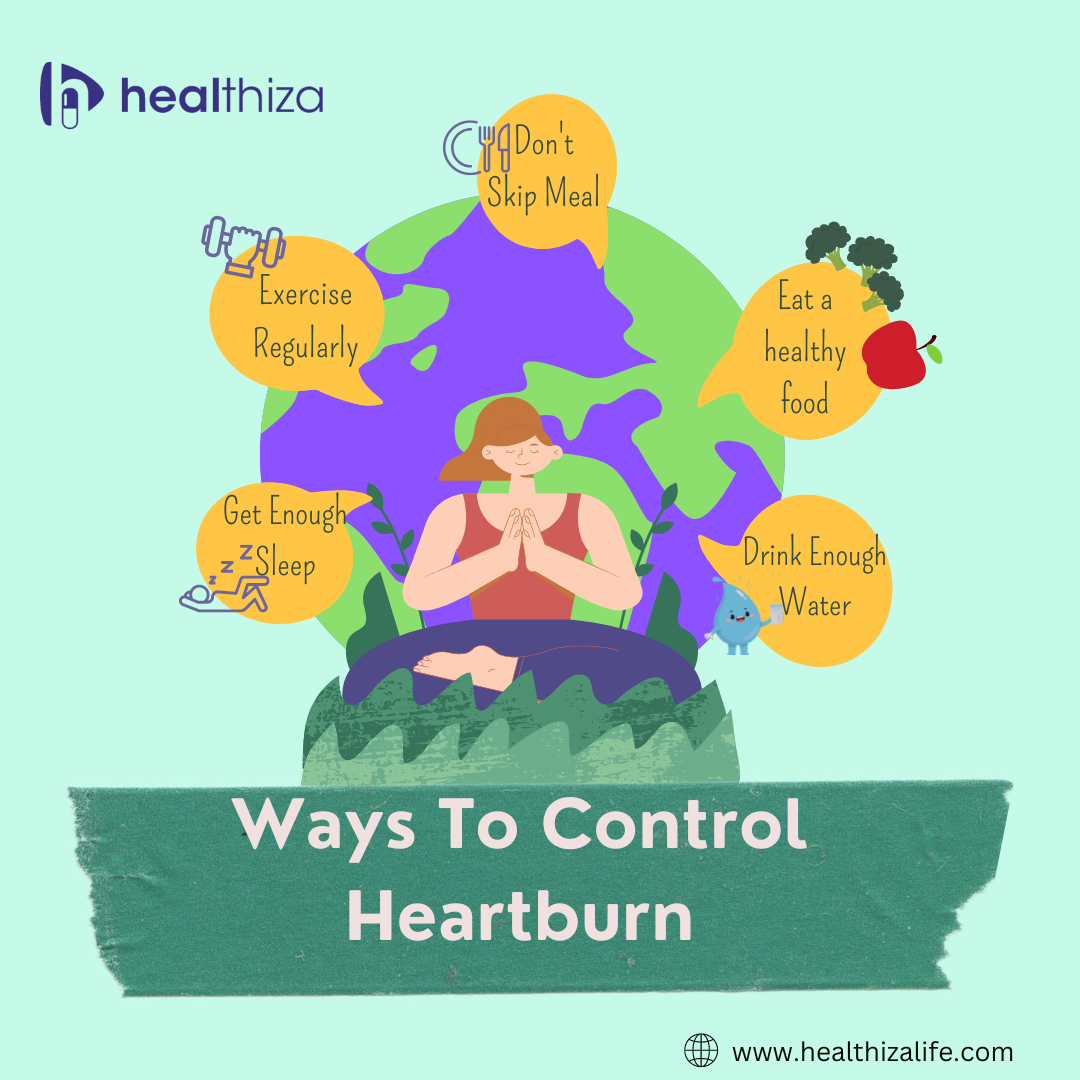Dry Skin and Its Treatment
What Causes Dry Skin
Dry skin is an unpleasant condition marked by scaling, cracking, and itching. It may happen for a number of reasons. You can have skin that is naturally dry. However, even if you have an oily skin type, dryness might occasionally appear. Any area of your body can experience dryness. It frequently impacts the hands, arms, and legs. Many times, simple lifestyle adjustments and over-the-counter moisturizers can suffice to treat it. You should speak with your doctor if those remedies are insufficient.
Types of Dry Skin
Your skin may become dry as a result of exposure to hot water, certain chemicals, and dry weather. Additionally, underlying medical issues might cause dry skin. Extremely dry skin is referred to as dermatitis in healthcare. Dermatitis comes in a variety of forms.
- Contact dermatitis
- Seborrheic dermatitis
- Atopic dermatitis (Eczema)
Treatment For Dry Skin
Depending on what is causing your dry skin, your doctor may recommend a different course of action. They might recommend a dermatologist or skin specialist in specific circumstances. They may suggest OTC products or prescribed creams, ointments, or lotions in addition to lifestyle changes to treat your symptoms.
Fffective Vitamins & Supplements for Skin
Dehydration, getting older, seasonal variation, allergies, and a lack of certain micronutrients are just a few of the causes of dryness. Sometimes making lifestyle adjustments like taking vitamins, getting enough water, meditating, etc. might help us have better skin. Here, we offer some vitamin and supplement recommendations for dry skin.
1. Vitamin D
A fat-soluble vitamin called vitamin D is essential for numerous bodily functions, including skin health. Vitamin D is essential for the health of the skin’s immune function, which serves as the first line of protection against hazardous microorganisms, as well as the function of the skin barrier and skin cell proliferation. According to some studies, psoriasis and eczema, two skin disorders that can both result in dry skin, are linked to lower amounts of vitamin D. Supplemental vitamin D has also been demonstrated to considerably lessen the signs and symptoms of eczema and other skin conditions that result in dry, itchy skin.
2. Collagen
Your body’s most prevalent protein, collagen, makes up 75% of the dry weight of your skin. According to some studies, consuming collagen-based supplements can help your skin in a number of ways, including reducing the depth of wrinkles and hydrating it more. You should enquire with a trusted supplement supplier before buying a quality collagen supplement.
3. Vitamin C
Vitamin C is an essential element for the health of the skin since it functions as a potent antioxidant that protects the skin and is necessary for collagen formation. In reality, studies have shown that the skin has extremely high quantities of vitamin C, with the epidermal skin layer containing a sufficient number of vitamins. Vitamin C supplements may help treat dry skin and enhance overall skin health.
4. Fish oil
The benefits of fish oil for healthy skin are known widely. It contains DHA and EPA, two essential fatty acids with potent anti-inflammatory and healing capabilities that have been found to have numerous positive effects on the skin. Dietary supplements containing fish oil may strengthen the fatty acid layer of the skin and increase skin moisture, which is important for maintaining hydration. Fish oil is a supplement that is generally good for the skin because it has been demonstrated to reduce skin inflammation while also protecting against sun exposure.
5. Probiotics
As per the latest research, we have found that treating Lactobacillus plantarum bacteria will help to improve skin hydration and immune function within a few weeks.
6. Hyaluronic Acid
Hyaluronic acid is frequently used topically on the skin to boost hydration, but new research indicates that consuming this substance along with other supplements may greatly improve skin hydration.
7. Aloe vera
According to a study conducted on women, adding fatty acid supplements made of aloe vera for twelve weeks greatly increased skin elasticity and hydration.
8. Ceramides
Ceramides, which are fat molecules, are essential for having healthy skin. Ceramide supplementation has been linked to increased skin moisture in several studies, which suggests it may effectively cure dryness of the skin.
9. Medications
Many OTC medications such as body lotions, oils, and skin creams are available nowadays. These creams can moisturize your skin and prevent dryness. Please ensure to use only safe and effective creams.
Taking Care of Dry Skin Symptoms
Although taking some supplements may help treat skin dryness, there are a number of additional aspects that should be taken into account. Dry skin can also be a symptom of a number of conditions, such as allergies to the environment and illnesses like hypothyroidism, psoriasis, anorexia, and kidney disease. Therefore, it’s crucial to consult your healthcare professional if you have noticeably dry, itchy skin in order to rule out even more major medical disorders.








